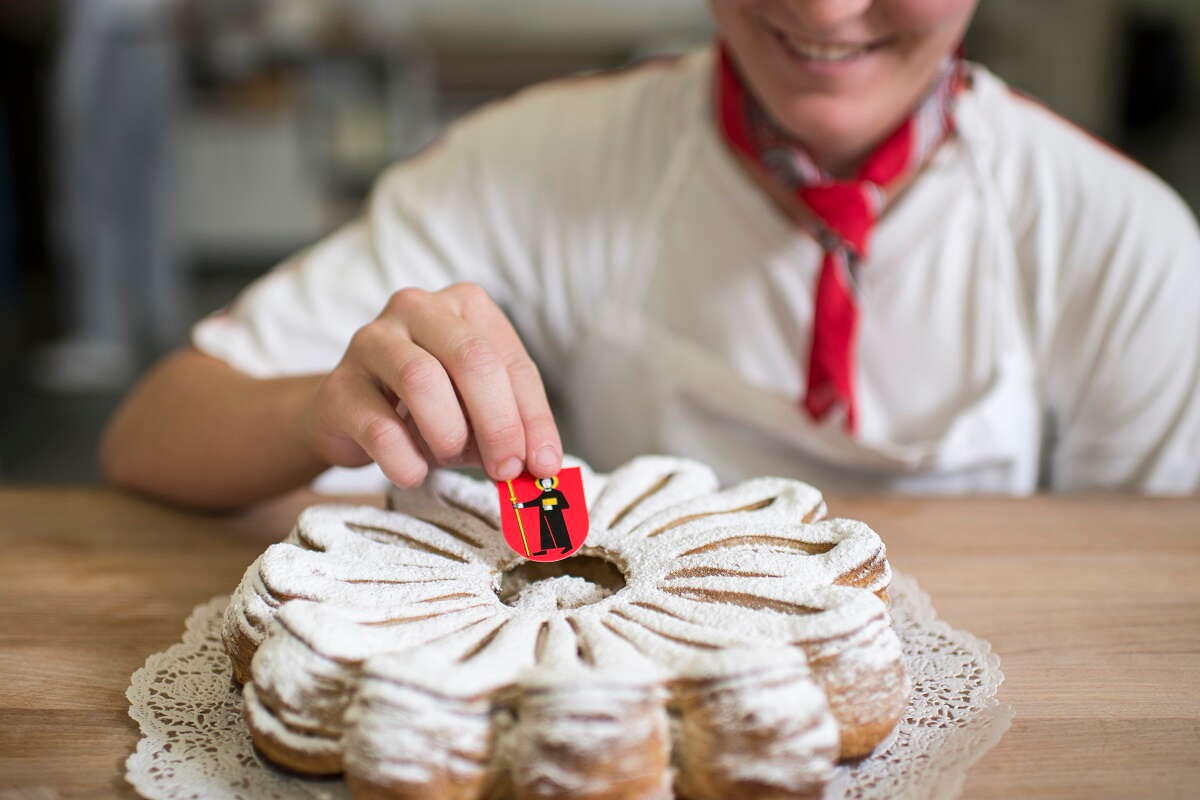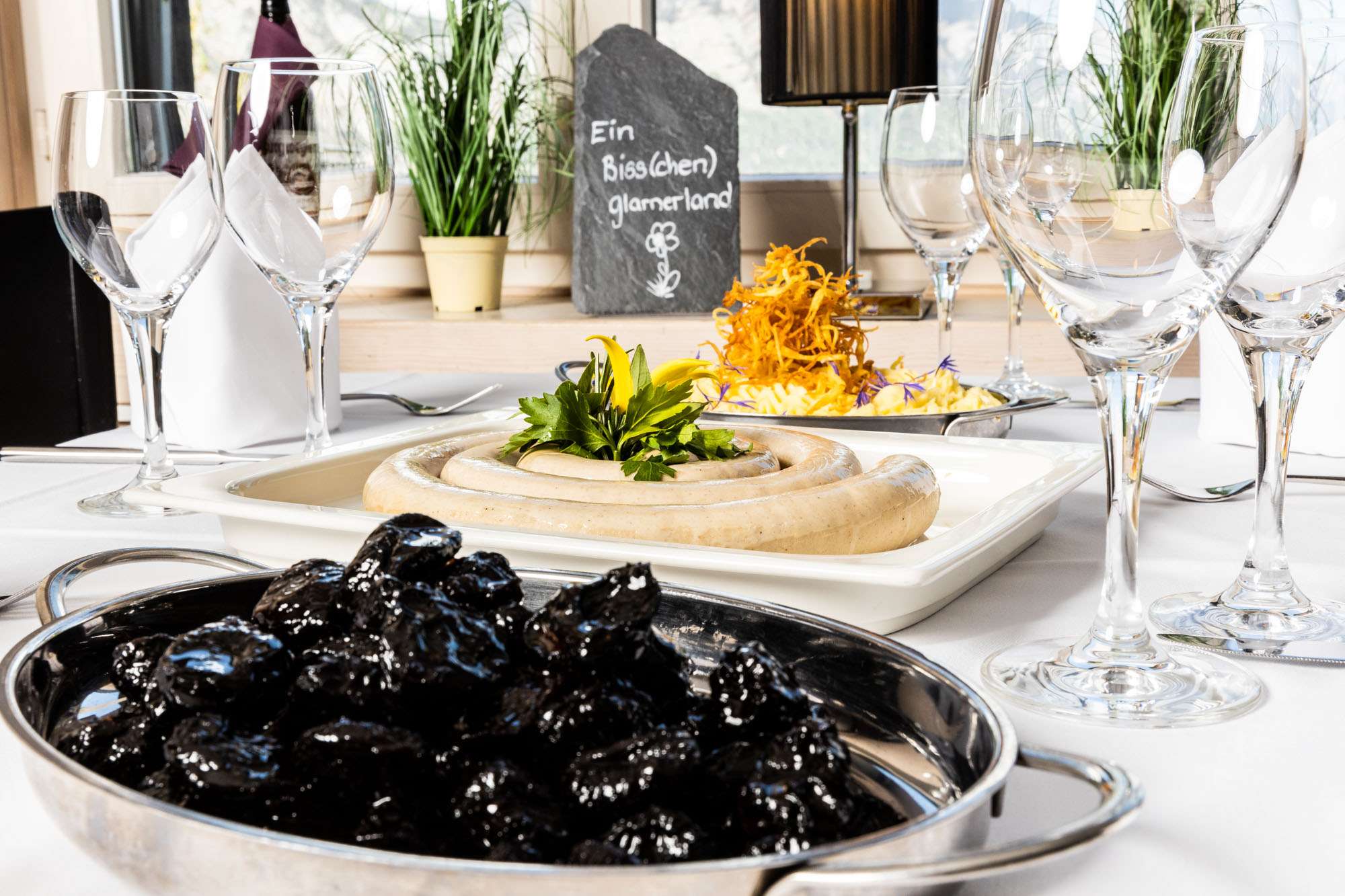Zigerbrüüt, for every mood it will suit
While the Glarnerpastete leaves a choice between sweet and sour, the Schabziger has only one sharp flavour. But as soon as it hits your tongue, it becomes soft and spicy. Like goat's cheese - of which there are many in Glarus. Biräbrot, veal sausage and Adler beer, on the other hand, are not even discussed, they are "simply the best".
Liquids «Süffigs»
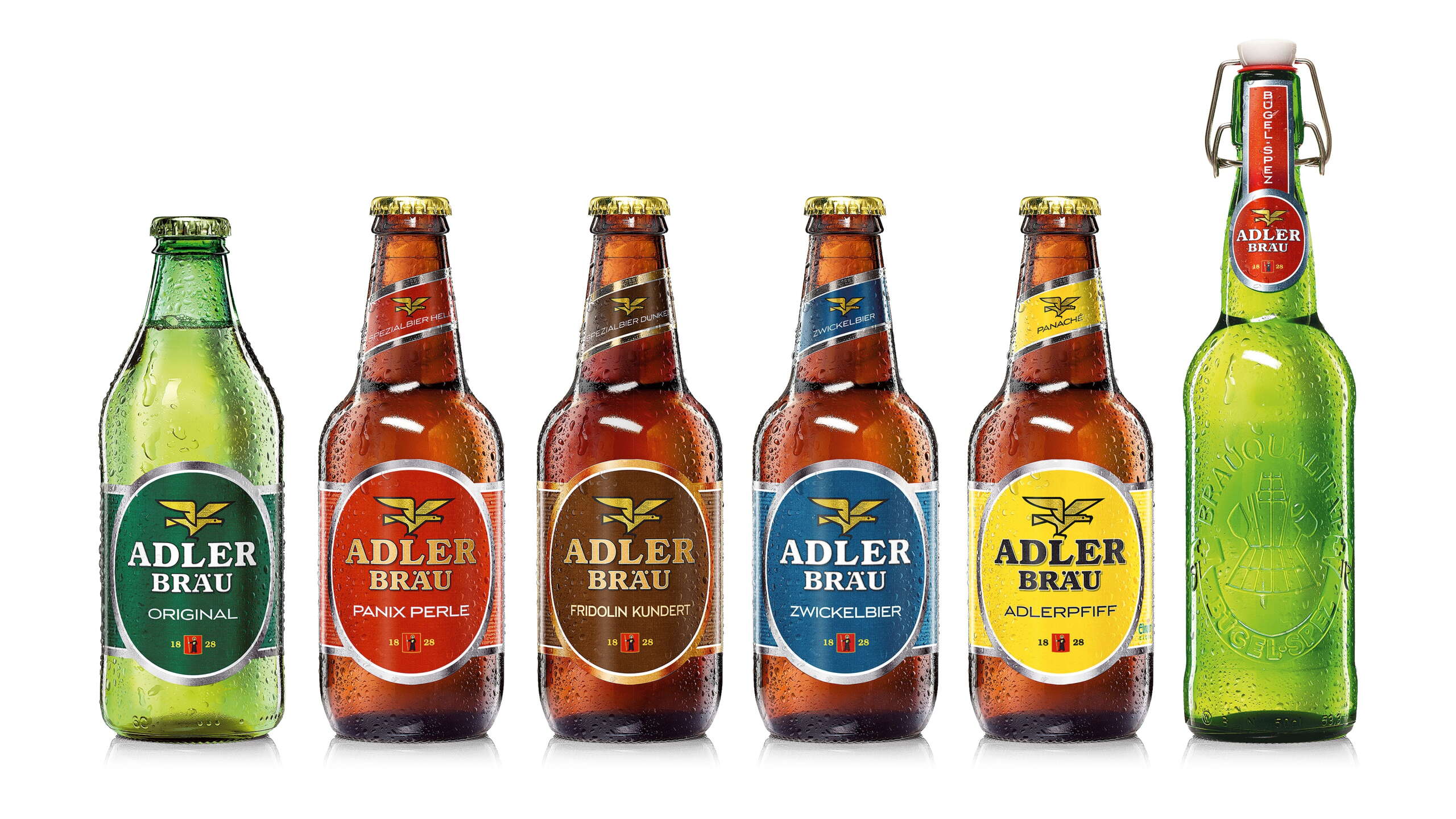
The tradition of liquids
It is a well known fact that Elmer water has "healing" properties, since the spring was discovered back in 1893. The iron-rich Elmer Mineral - later called Citro - produced from the spring was bottled and delivered throughout Switzerland. Adler Brewery in Schwanden had been brewing beer 6o years earlier, and today enjoys practically cult status. It's one of the few remaining independent breweries in Switzerland. 1918 marked the addition of another "medicinal": The Glarner Alpenbitter Fleur is believed to have helped combat the Spanish flu. After the company went bankrupt, the liqueur would have disappeared had it not been revived by the owners of the "Glarussell" souvenir shop.
Tasty Edibles
Glarner Kalberwurst is still produced with its original recipe thanks to a special permit. It is the only sausage in which bread may be added to the mixture. Glarner Schabziger benefited too - to be authentic, there have been quality specifications since 1462. A stamp of provenance certifies its compliance. The Biräbrot (pear bread) had to be altered - due to a lack of affordable flour, dried pears were added to the bread. The Glarner Pastete was born out of the same necessity: the former meat dish was filled with a puree of apples and plums.
Quality as law
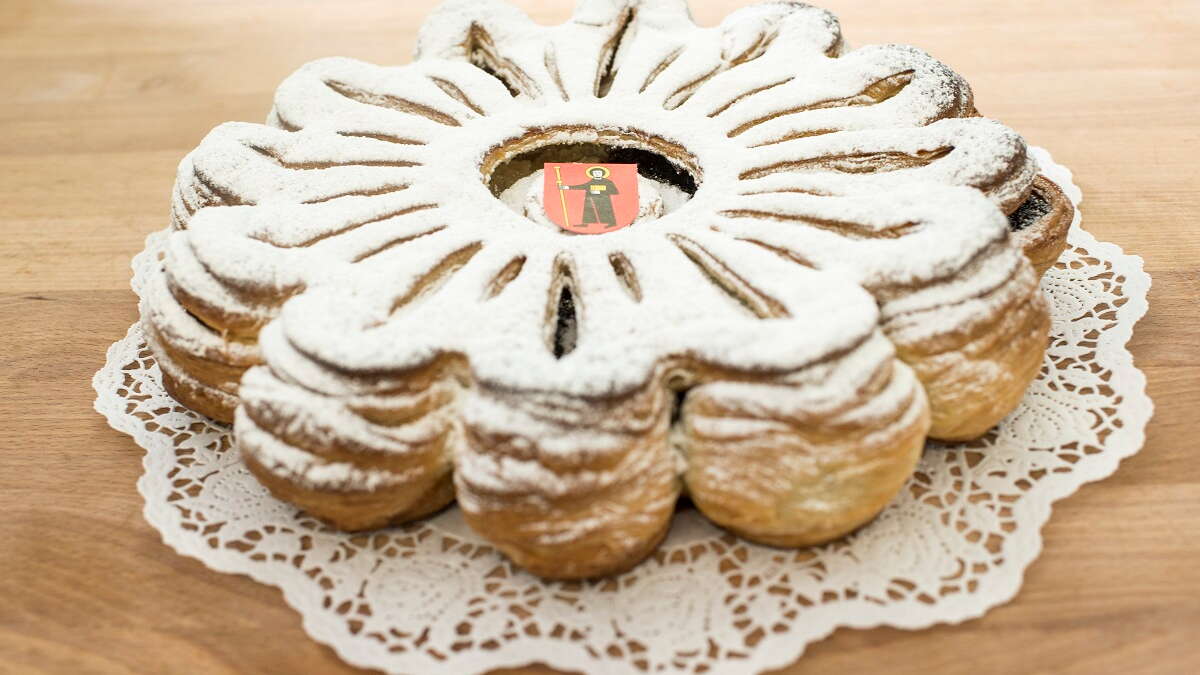
Fashion

In the name of fashion
We owe the drop-like paisley pattern, which represents a palm leaf and is one of the oldest patterns in fashion, to an unintentional adventure from Schwanden to Indonesia. Back in 1840, 23-year-old Conrad Blumer embarked on a journey by stagecoach, paddle steamer, ships and camels, from which he would not return until a year and a half later. The journey was accompanied by the plague, a shipwreck and fever. No one thinks of these hardships when you see today's Glarnertüechli being used as a handkerchief, a scarf or a headband. It is just one example of the historical importance of the Glarus region as a textile produce.
Handicrafts and inventions
Known far and wide are the Kessler snowboards, the Eternit panels, Horgenglarus handcrafted furniture and Glarus slate, but is this also true of their origins? Engi Slate Mine exported tables all over the world - a proud tradition that Horgenglarus has been carrying on since 1880. They can be found in Zermatt and Hong Kong alike. Hansjörg Kessler similarly impresses with his winning custom snowboards. However, a different kind of product heralded its permanence back in 1901 when it was first invented: The Latin "aeternitas", from which "Eternit" is derived, means this much.
Inventions for eternity

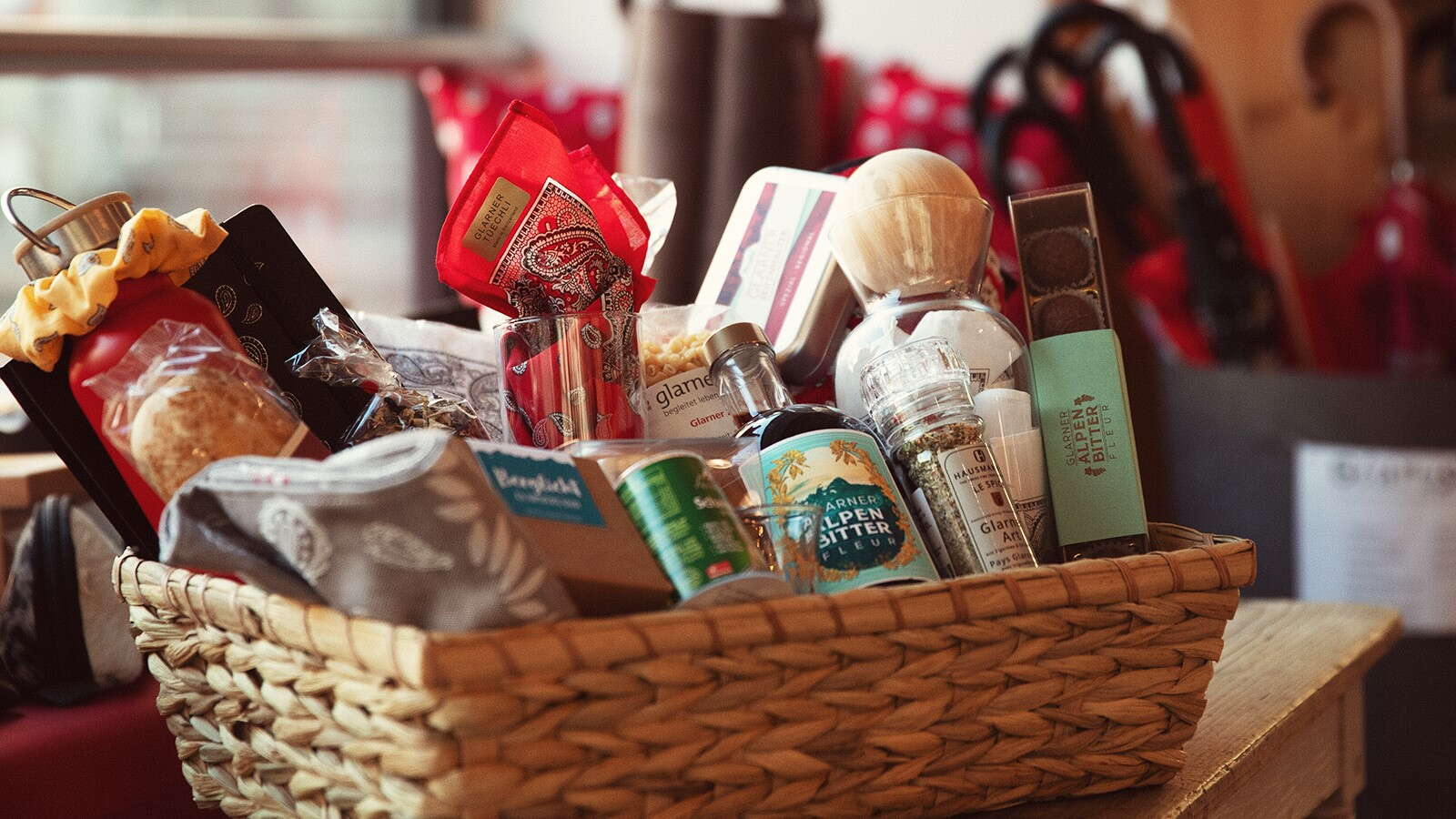
Glarussell - the Glarnerland shop
Your Glarnerland one-stop shop. Everything you need during and after your stay in Glarnerland can be found here, from Biräbrot to Glarnerbeggeli. Free information and tips for excursions and overnight stays are available as well.
Industrial espionage
Glarnerland is known for its industrial culture, started early on and still influential today. The Industrial Espionage visitors' programme puts you right in the middle of it.





